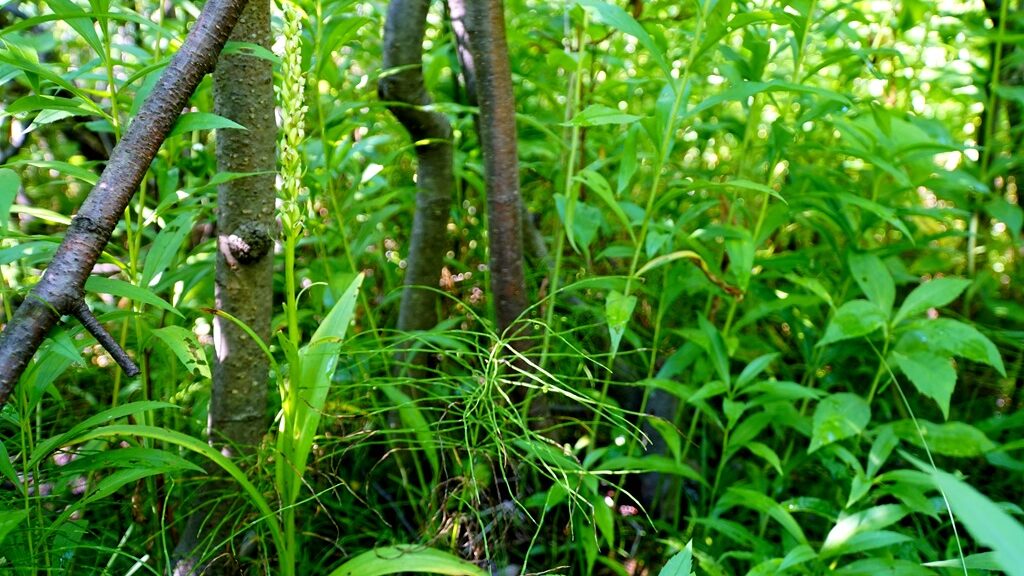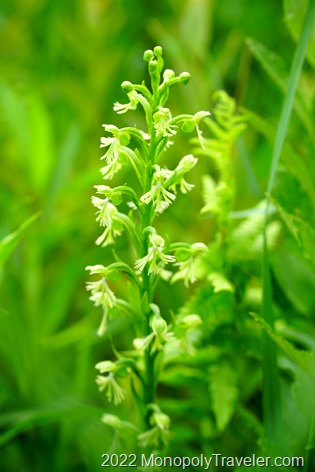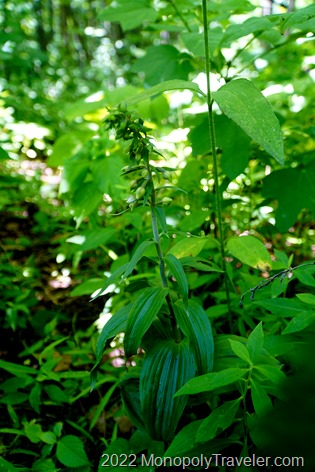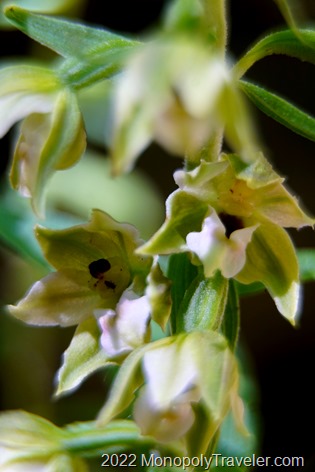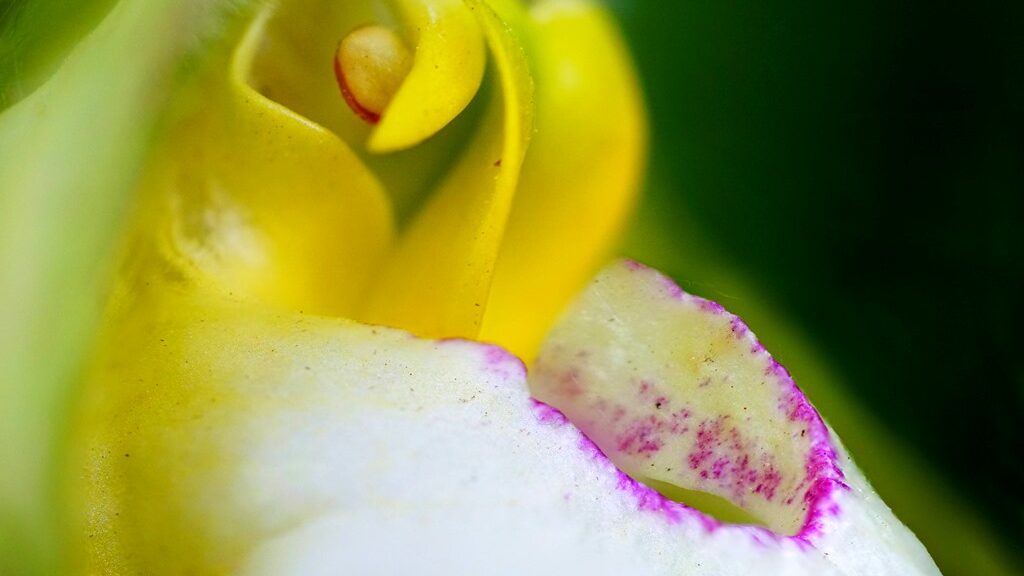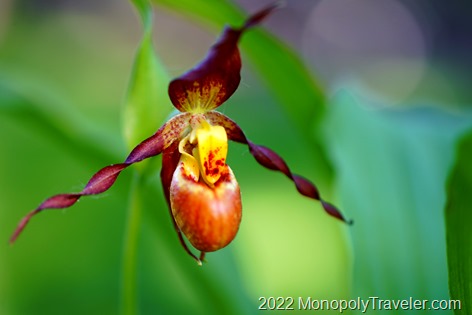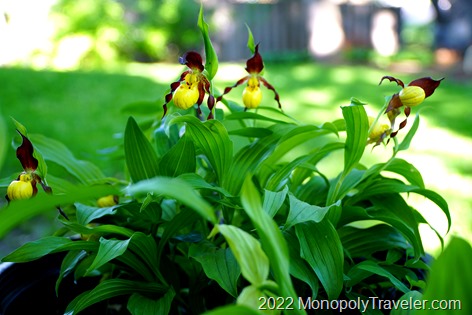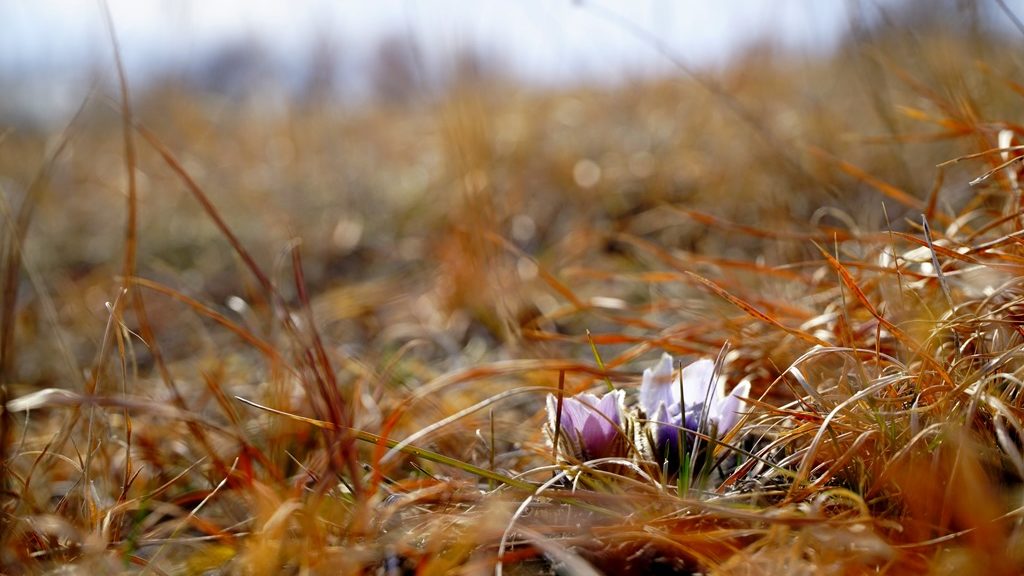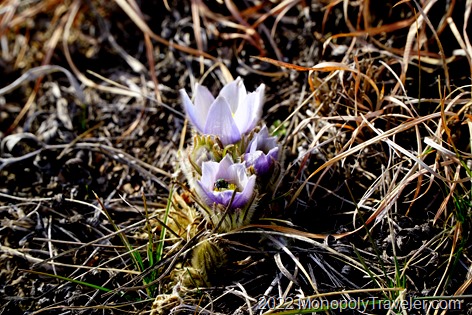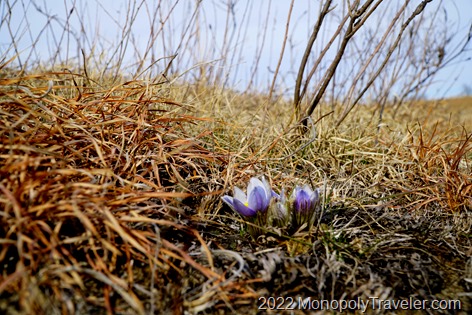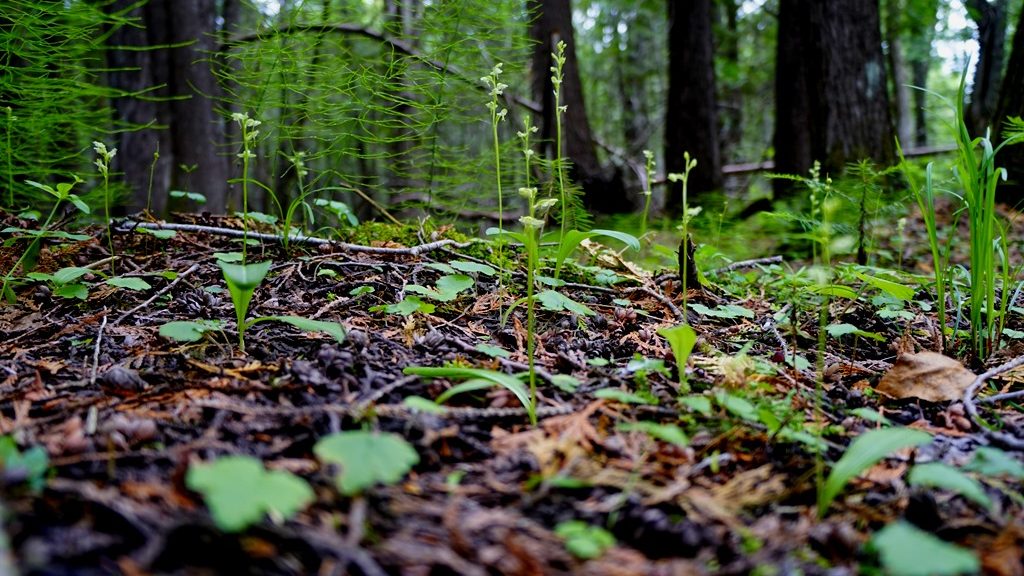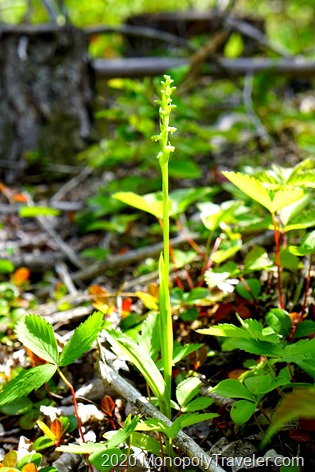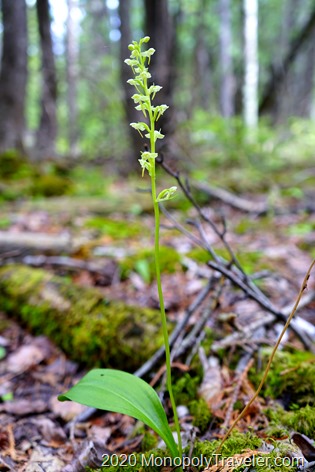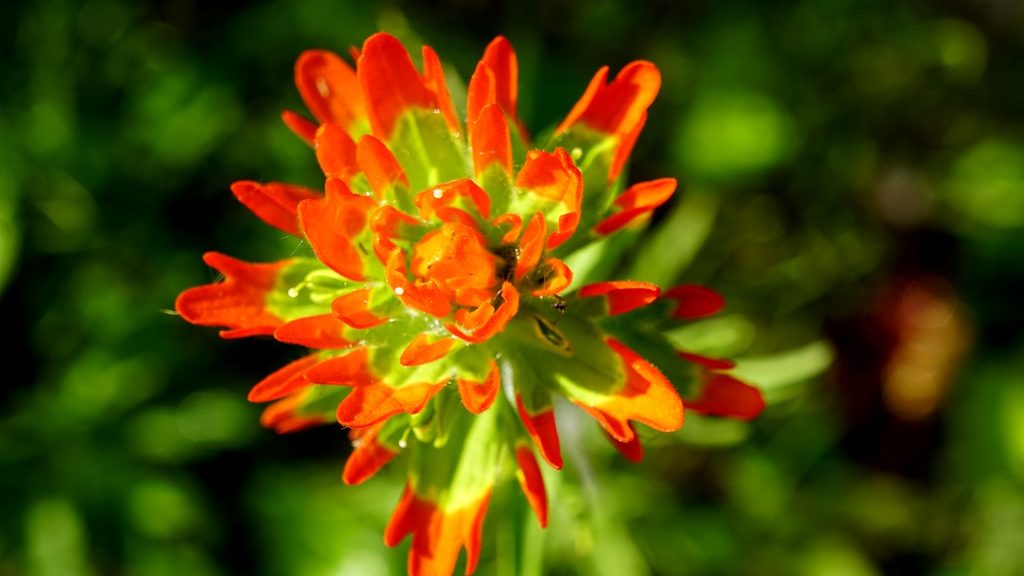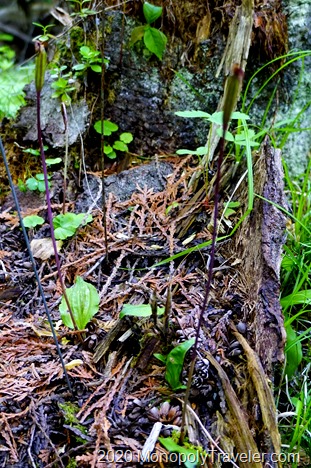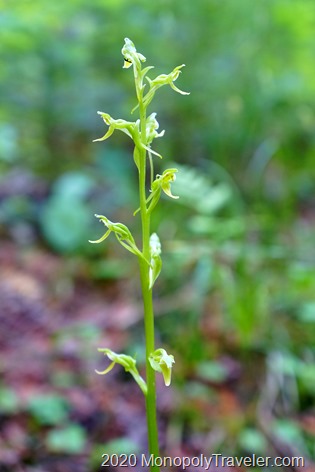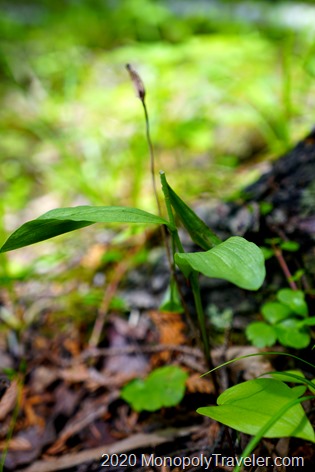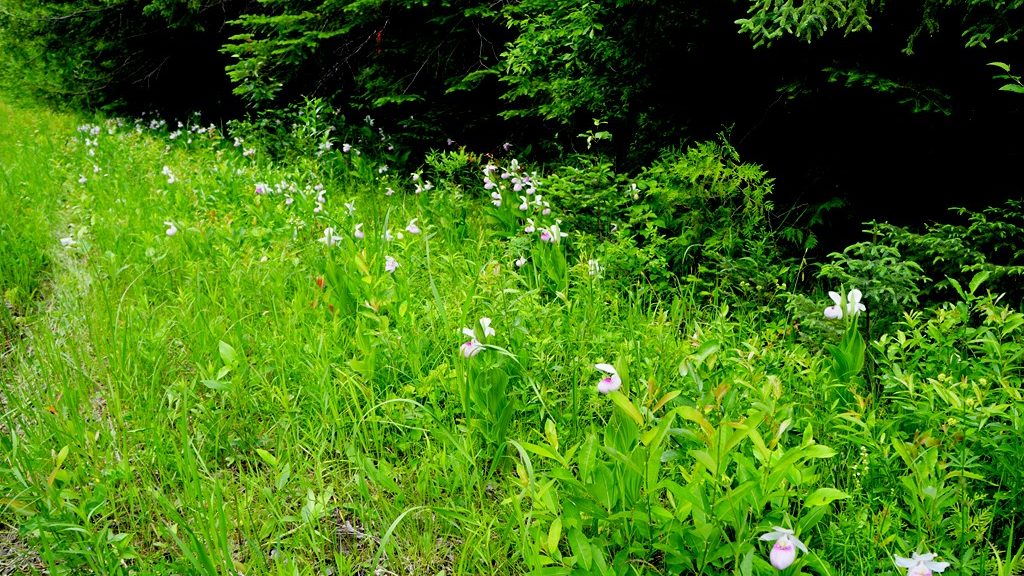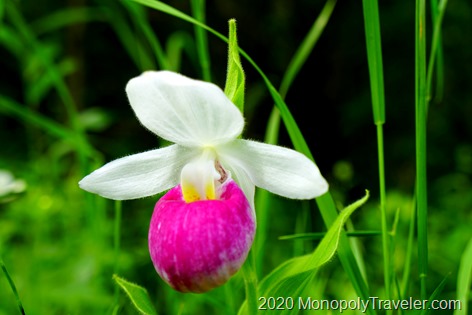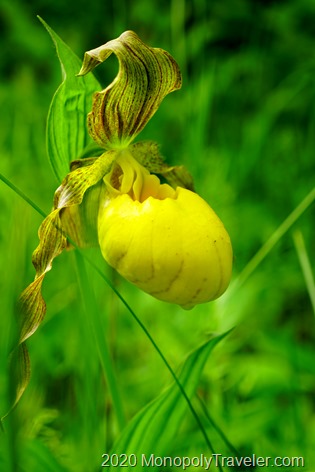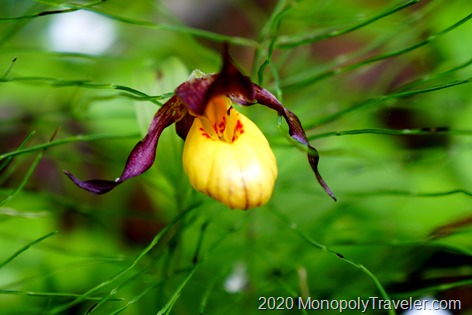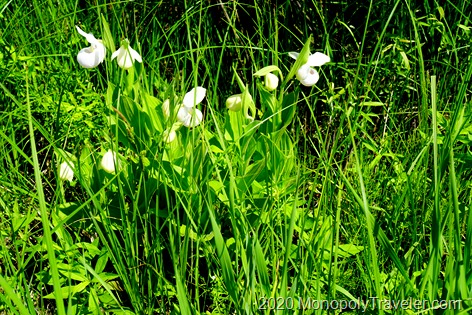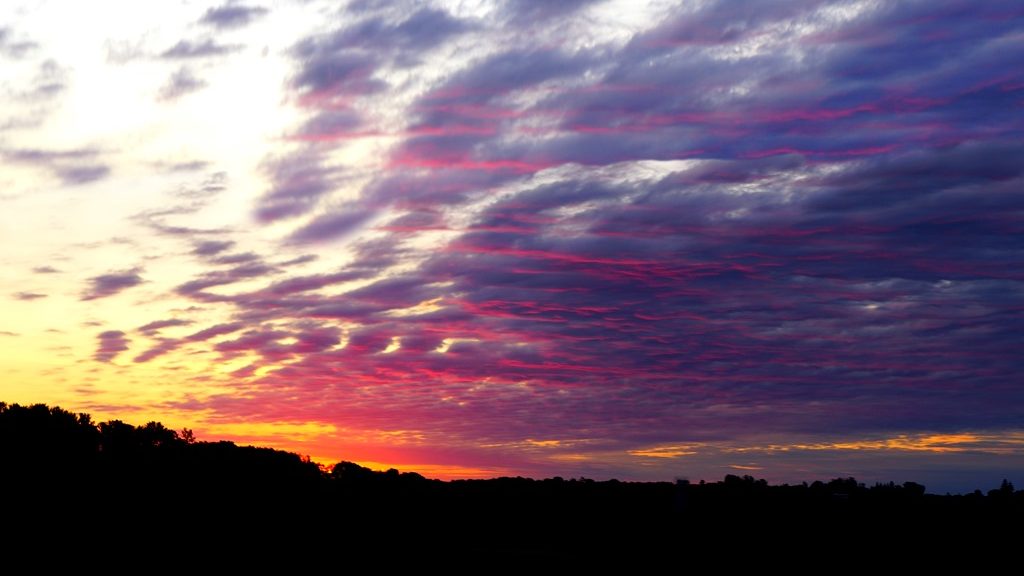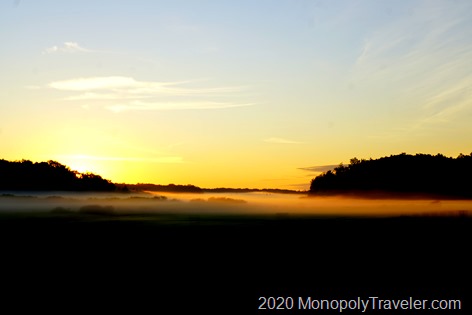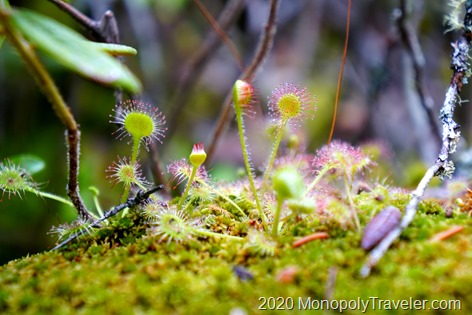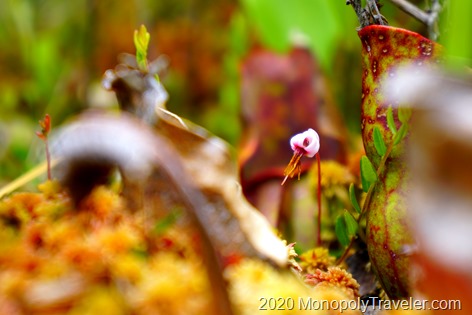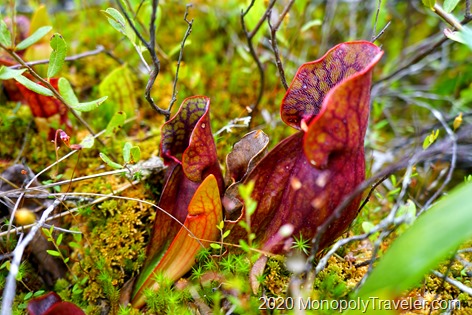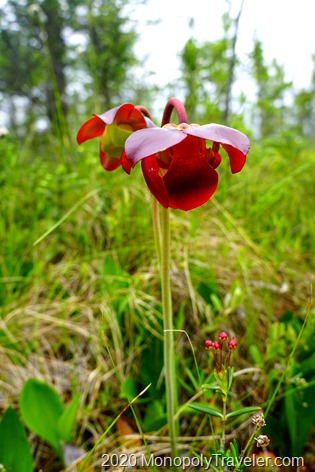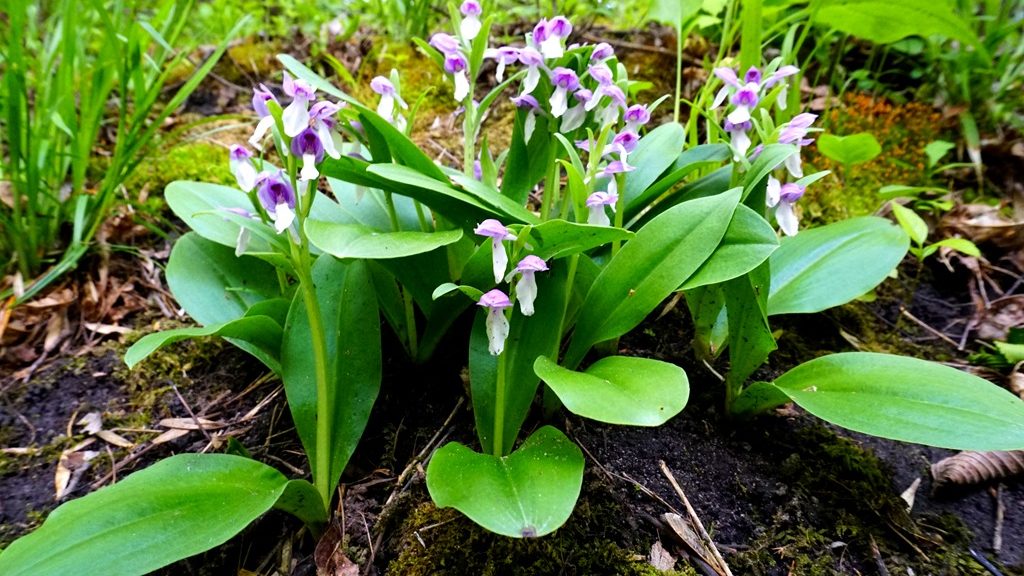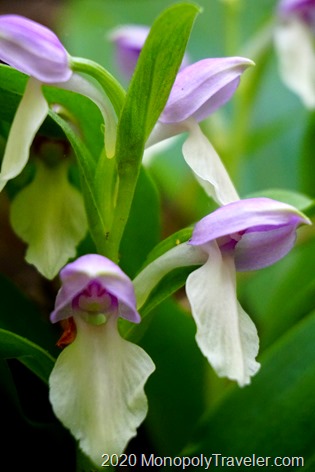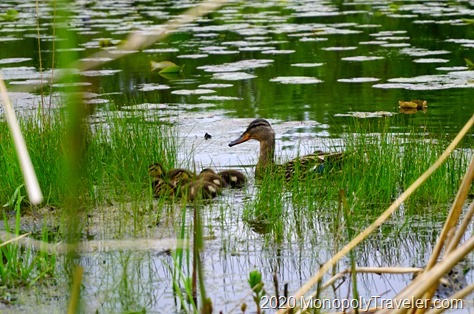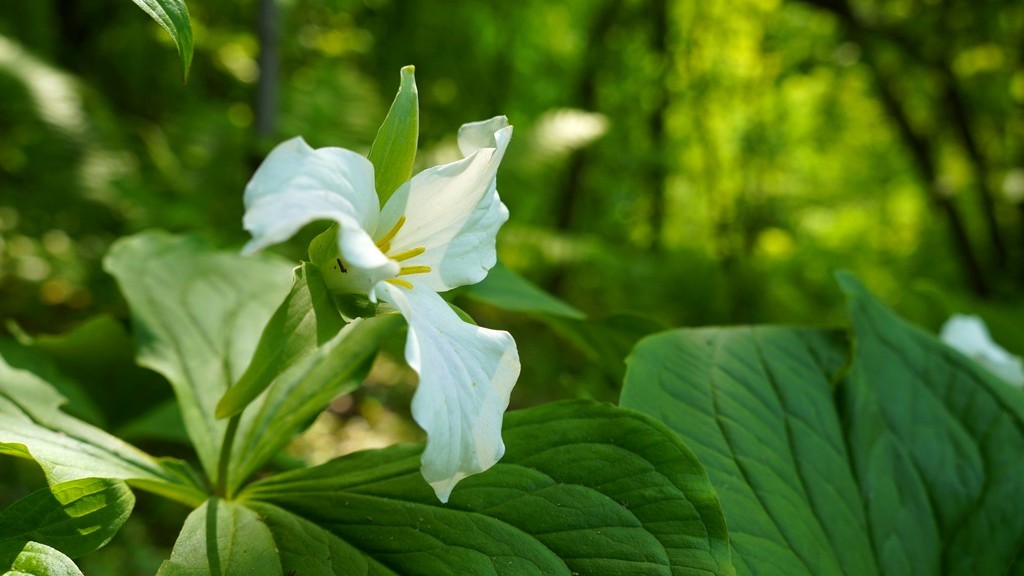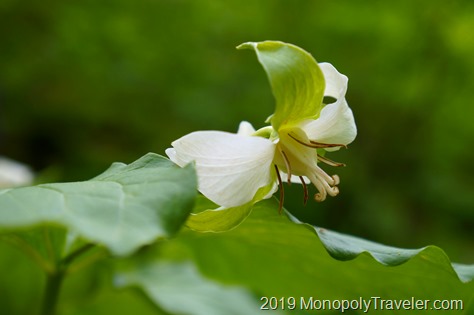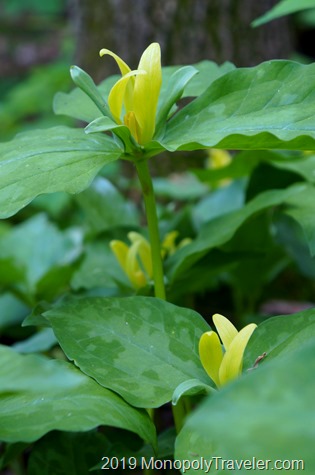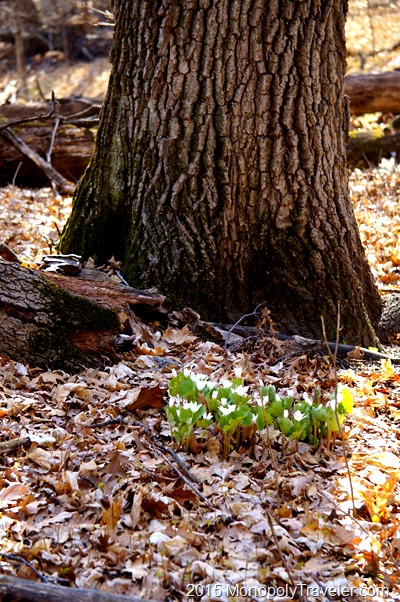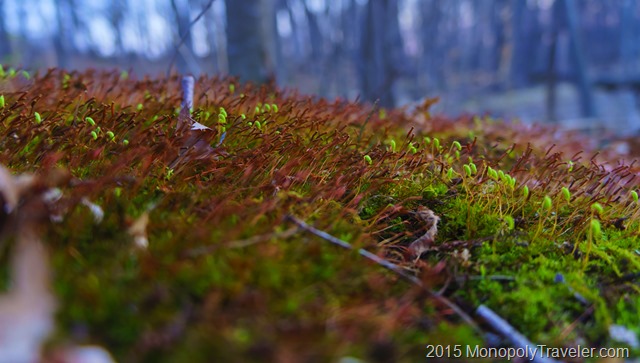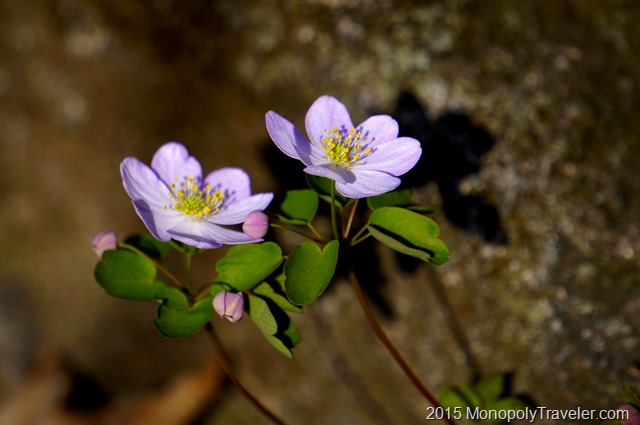During the summer, there were a few weekends available to get out hunting for wild orchids that I’ve never seen before. A couple of them were successful, while others come up without an orchid sighting. On my first outing, the Ragged Fringed Orchid was my goal. I set out for a bog where this orchid had been listed during the time of year it should be blooming. When I arrived, the bog was mostly dry as there was little rain so far during the summer. Would this orchid be blooming without ample moisture? I searched and searched back and forth along the trail winding through this typically wet area without spotting an orchid. After getting to the end of the trail, I figured there would be no success on this hunt and just enjoyed a warm, summer day in the middle of July. There were other plants in flower and butterflies floating from one flower to another. With the afternoon turning to evening, I turned back towards my vehicle. Along the way I continued to search for this orchid just in case I missed it when walking through here the first time. Taking in the habitat surrounding me and the wildlife living here, I noticed a plant just off the trail. Amazingly it was the Ragged Fringe Orchid I had been searching for. I’ve come to realize that finding the first one is the most challenging. Once you’ve seen the first one, you know what you’re looking for and can spot others. After enjoying this orchid and it’s flowers and structure, I soon spotted another one. Before leaving this area, I saw several of these hardy orchids showing off their beautiful blooms.
With this first successful search, I decided to go for two successful days in a row and went in search of another new orchid. With rain and storms in the area, I stayed a little closer to my vehicle but still searched for another orchid. Eventually I ventured further and further from the car as the search for another wild orchid became too interesting. Besides, I came all this way. Carrying an umbrella, I searched and searched for hours while walking miles keeping an eye on the sky. From time to time it would rain, sometimes harder with a clap of thunder but nothing more. Unfortunately I was unsuccessful and came up empty.
The next weekend I was eager to continue my search but needed to stay closer to home. Fortunately there was an orchid spotted in nearby parks I’ve visited before so I had an idea of where to start looking. There was only a few hours before I needed to return home so it had to be quick. Getting to the park, I grabbed the camera and began walking. About a half mile into the trail, I spotted what appeared to be the orchid I was searching for. Going closer it was confirmed. It was the broad leaved Helleborine. Snapping a few photos, I continued searching for others. This one was not in the area I expected to see it and wanted to find out if it was also growing where I thought it would be. Nearing my initial planned spot, there was another Helleborine. This one is not actually native to this area but was brought from Europe and escaped into the wild. It is now an established hardy orchid. Another successful orchid hunt bringing a smile and sense of accomplishment to the day.
Having found two native orchids and the summer winding down, I didn’t expect any further opportunities to get out and search for more orchids. Even with this expectation, a third hardy orchid was spotted. While moving my daughter back to school for another year in college, we spent an afternoon exploring a spot along Lake Superior we had not been to before. Taking in the waves crashing into the rocky shoreline, I was walking along the beach and ventured a bit off trail when I spotted something in flower. Getting a bit closer, here was a surprise orchid marking my third one this year. What a fantastic surprise! The orchid is shown in the top photo above. It was already an enjoyable day that just became even better as I added a third surprise orchid to my tally for the year. This one was a bog orchid now included on my list of orchids found in the wild. There’s still a little time left in the year to possibly locate another one but most likely others will need to wait until the next year.

